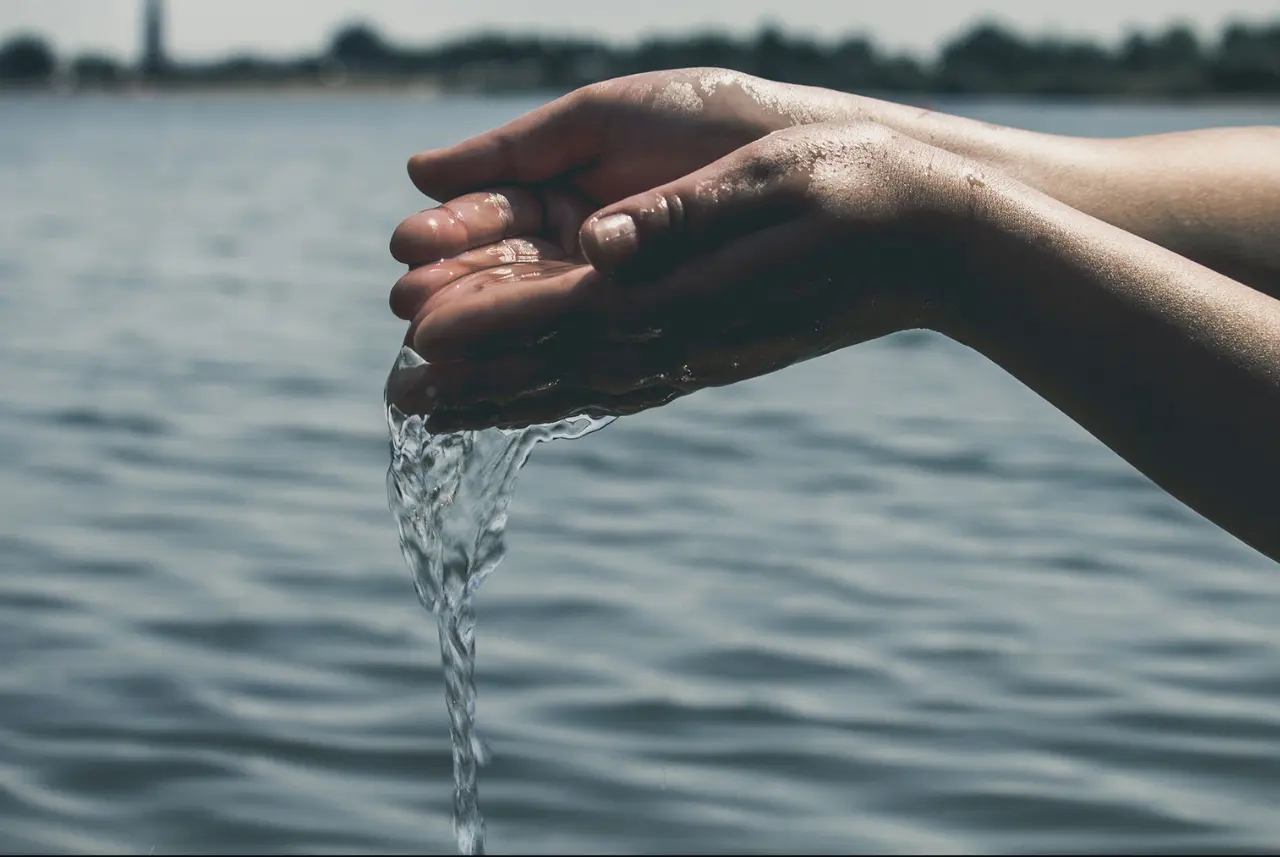
Amid the growing water crisis that threatens millions of people across the country, the Sierra de Guadalupe, located north of the Valley of Mexico, stands out as an example of how collaboration between the private sector and civil society can provide concrete responses.
In response to this challenge, Procter & Gamble (P&G) and the organization Pronatura México led a project that seeks to restore aquifers, protect biodiversity, and reduce environmental risks in one of the areas most pressured by urban growth.
The initiative is part of P&G’s international Water Positive Future (WPF) strategy, which aims for the company to return more water to the environment than it consumes in its operations by 2030. According to the company, the plan is based on three fundamental pillars: reducing water use in industrial processes, restoring critical ecosystems in 18 regions of the world, and responding through innovations that help consumers save water in their homes.
“In Mexico, the Sierra de Guadalupe shows us how science, innovation, and collaboration can make a difference. There are no simple solutions, but there are concrete actions that, when added together, create real change,” said Camilo Restrepo, Senior Director of Marketing and Communication at P&G.
The most visible component of the project is the construction of 80 stone gabion dams, structures that allow rainwater to infiltrate into aquifers while reducing soil erosion and the risk of flooding in surrounding communities. According to technical estimates from Pronatura México, the initiative will enable the infiltration of 7.9 million cubic meters of water, enough to supply 155,000 people for one year, assuming an average consumption of 140 liters per day.
So far, seven dams have been built, and there is a 25% progress rate in the installation of stone barriers, which aim to protect at least 30 hectares of soil at risk of degradation.
“The Sierra de Guadalupe is an emblematic case, but not an isolated one: it shows how a global company can generate real benefits for local communities and ecosystems,” said Kathy Gregoire, Executive Director of Pronatura México.
The collaboration also involves local communities, which participate in the construction of dams and ecological restoration work, strengthening capacities and ensuring that the benefits are sustained in the long term.
P&G’s strategy acknowledges that the water crisis must be addressed not only in ecosystems but also in households. According to company data, seven out of ten of its products require water for use, and more than 60% of its environmental impact occurs in domestic consumption. This has driven the development of innovations that allow families to reduce their consumption without sacrificing quality or efficiency.
An urgent challenge for Mexico
The country faces one of the most critical water situations in Latin America: more than 12 million people lack effective access to drinking water, while the overexploitation of aquifers, soil erosion, and urbanization pressures intensify risks in areas such as the Sierra de Guadalupe.
Moreover, Mexico City ranks among the metropolitan regions with the highest water stress in the world, according to the World Resources Institute (WRI), making projects like this one strategic initiatives to ensure urban resilience.
The project, organizers say, not only seeks to infiltrate water but also to raise awareness of the resource’s value, with educational campaigns and community workshops to help new generations understand that water sustainability depends on collective decisions.
For the program’s promoters, the Sierra de Guadalupe case represents a possible route toward a replicable model in other regions of the country and the world.
“Today we know that it is not enough to simply manage water: we must restore the ecosystems that generate it and reduce our consumption. Only then can we guarantee water for everyone in the future,” Restrepo emphasized.
Mexican Press Agency is part of ALMA, which is dedicated to news and information about Mexico and Mexicans in the United States and is a fiscally sponsored project of Social Focus, a 501(c)(3) nonprofit organization based in Redwood City, California.